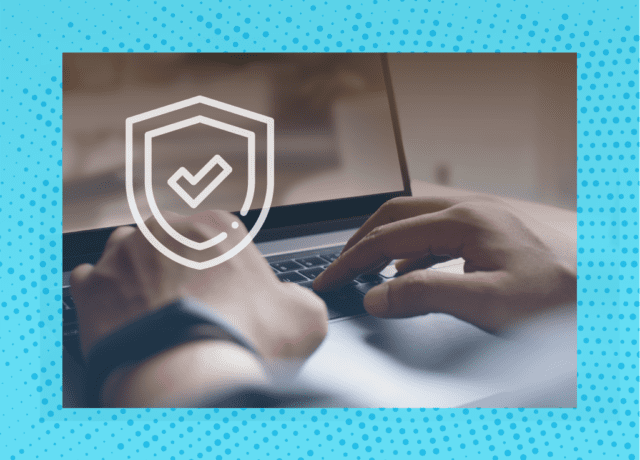Programmatic networks have gone through numerous “brand safety crises,” with the most famous one being the “advertiser revolt” towards Youtube in Spring of 2017.
But brands are still placing their messaging across fake news sites and next to unsuitable content without knowing it.
A new report from NewsGuard found that brands spend $2.6 billion funding misinformation sites each year.
What are brands doing to ensure their programmatic efforts don’t do more harm than good?

Keyword blocklists aren’t enough anymore
Brands don’t want to support misinformation or highly inappropriate content. But with programmatic advertising, brands don’t have a way to completely control or review placements that are decided by algorithms.
Yet, brands want to advertise in a targeted way at scale.
For years, keyword blocklists have been used to mitigate brand safety risks. But last year, the downside of this approach rose to the surface more than ever before.
With the Black Lives Matter movement, COVID, political elections and increased attention on climate, ad buyers realized they needed a more nuanced process to ensure brand safety than banning certain words like LGBTQ+, BLM, Trump, etc. When brands took a black and white approach, they could be defunding legitimate media—and media that their customers might actually want to see their brand next to.
Companies like DoubleVerify, Quantcast and Comscore have been advancing their brand safety and suitability features. But pushing responsibility on ad tech tools isn’t enough.
Last year, thousands of top brands including Pepsi, Starbucks, Comcast and more bought programmatic ads supporting COVID-19 misinformation. Even two months ago, brands such as Ikea, The Open University and Ovo Energy learned they accidentally published ads on a new media channel unsuitable for their brands.
It’s the responsibility of every link of the programmatic supply chain to ensure brand safety and suitability frameworks are met for brands. And it’s helpful to look outside the ad tech world for additional support.
NewsGuard, for example, isn’t an ad tech tool—rather, a media vetting tool that rates the credibility of news and information websites. Publishing an ad on a public health related article on the New York Times, for example, is likely suitable for most brands. But putting the same ad on Breitbart, probably won’t be the best idea. NewsGuard helps brands understand which publishers are credible.
Building trust with customers is essential to a successful business. Programmatic can be a viable way to do that—but only when brands, agencies and platforms are taking responsibility for brand safety preemptively, rather than after a crisis.
For more updates like this, stay tuned. Subscribe to our blog for more news.



